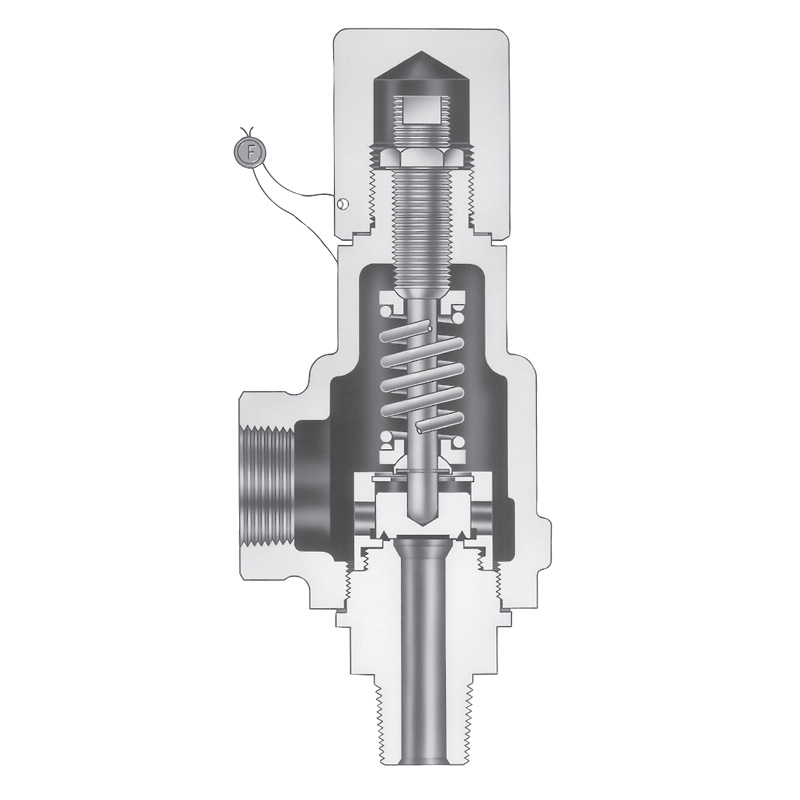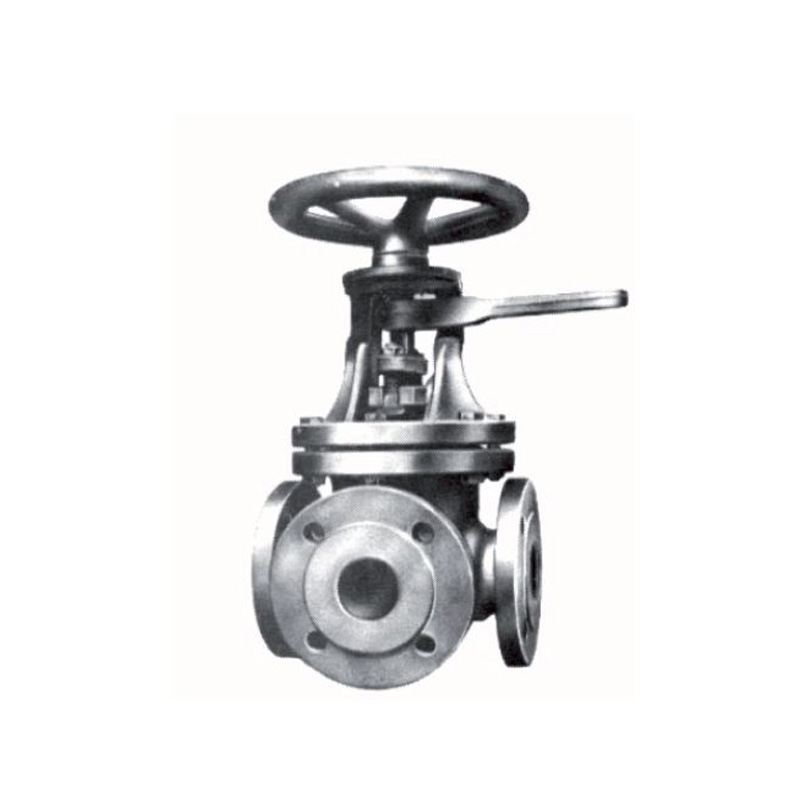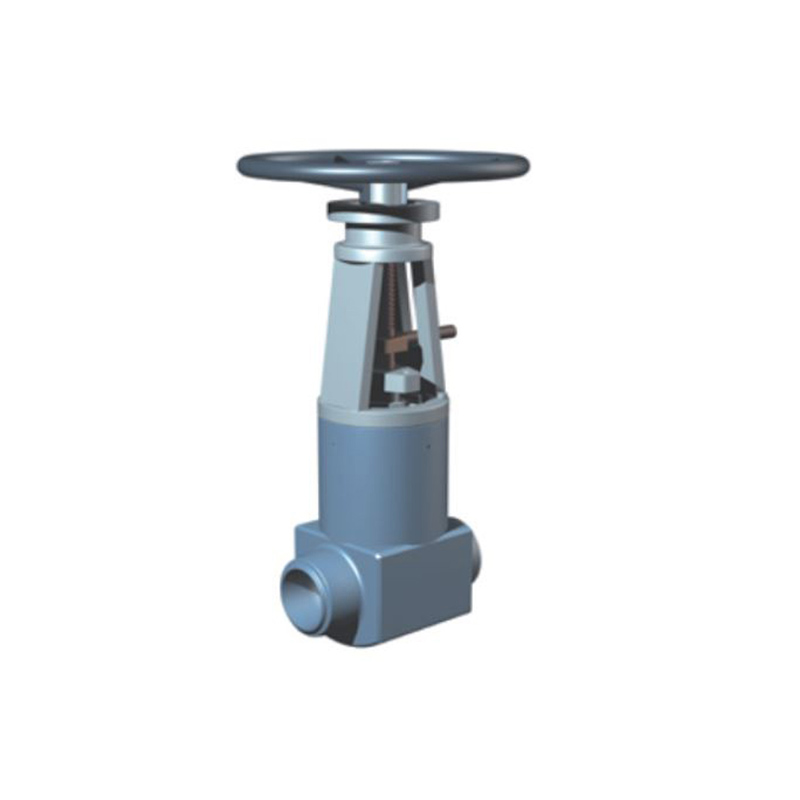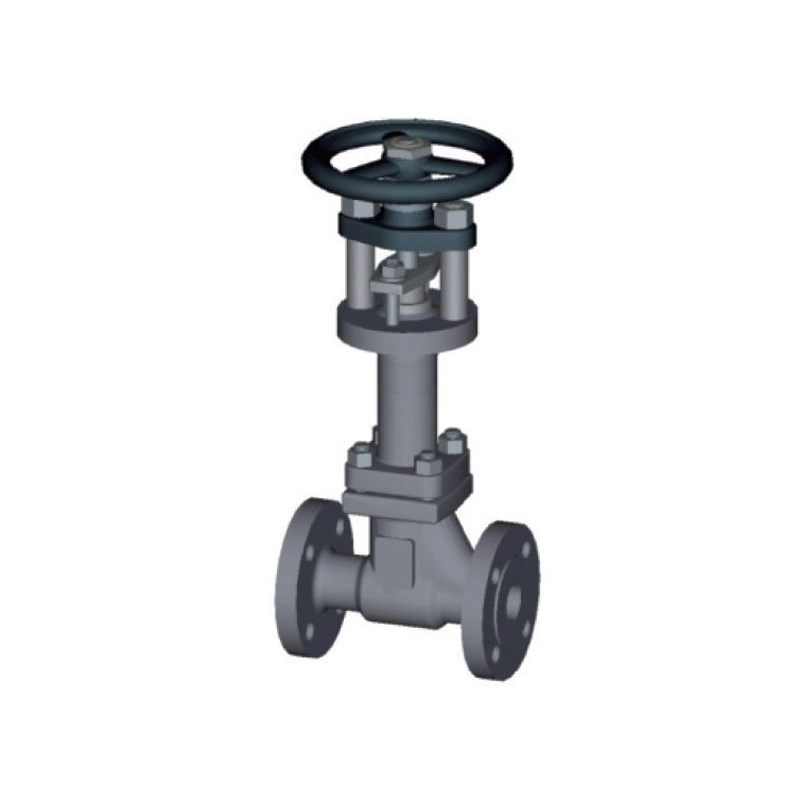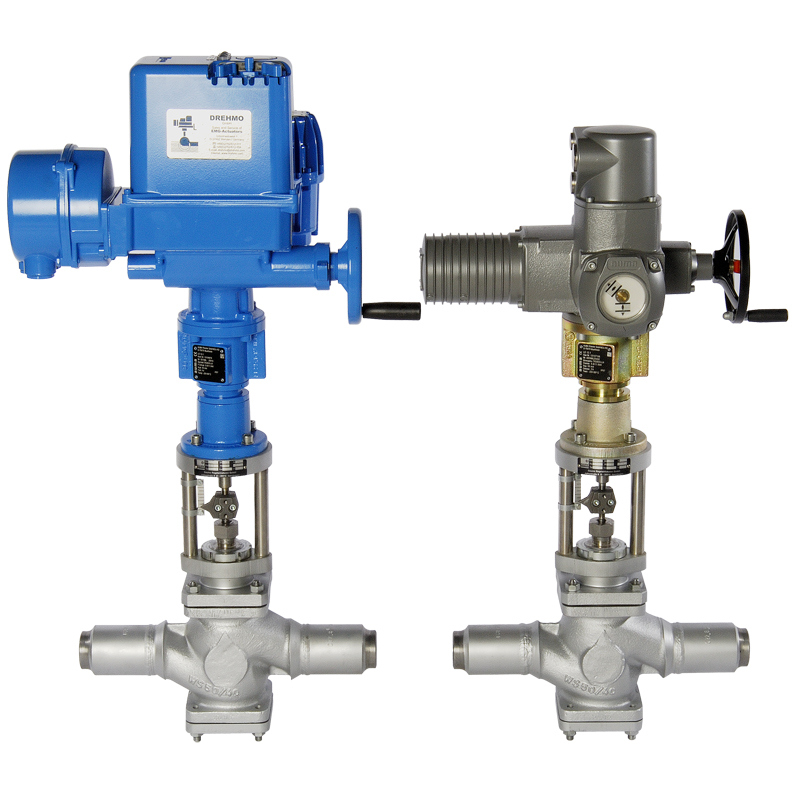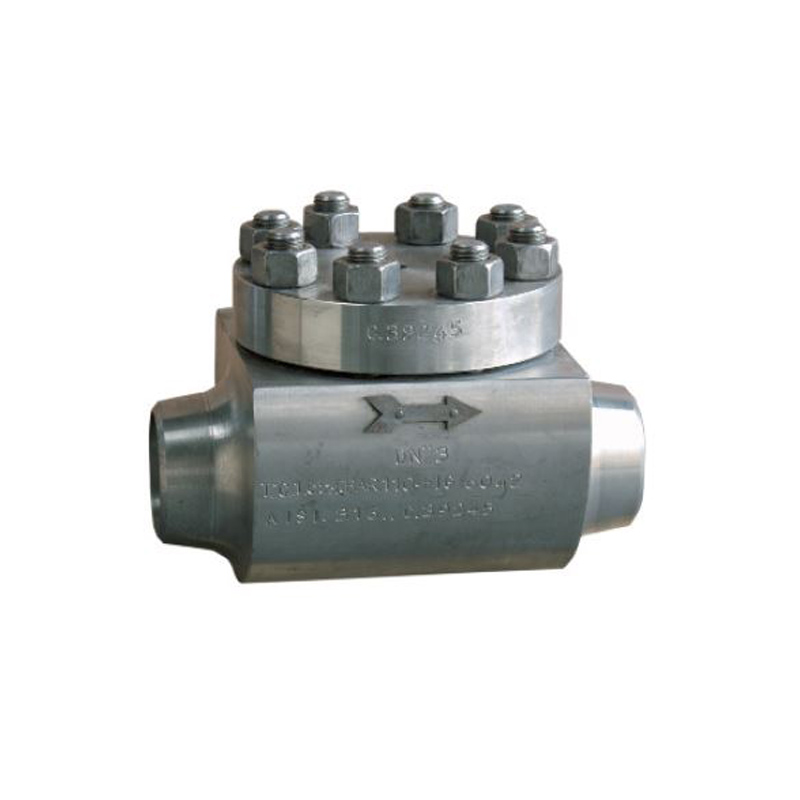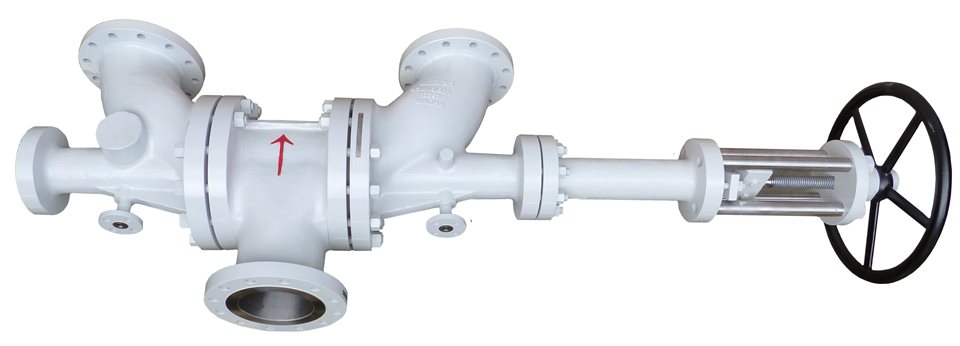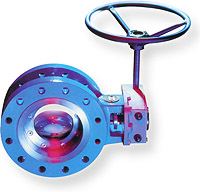Check Valves
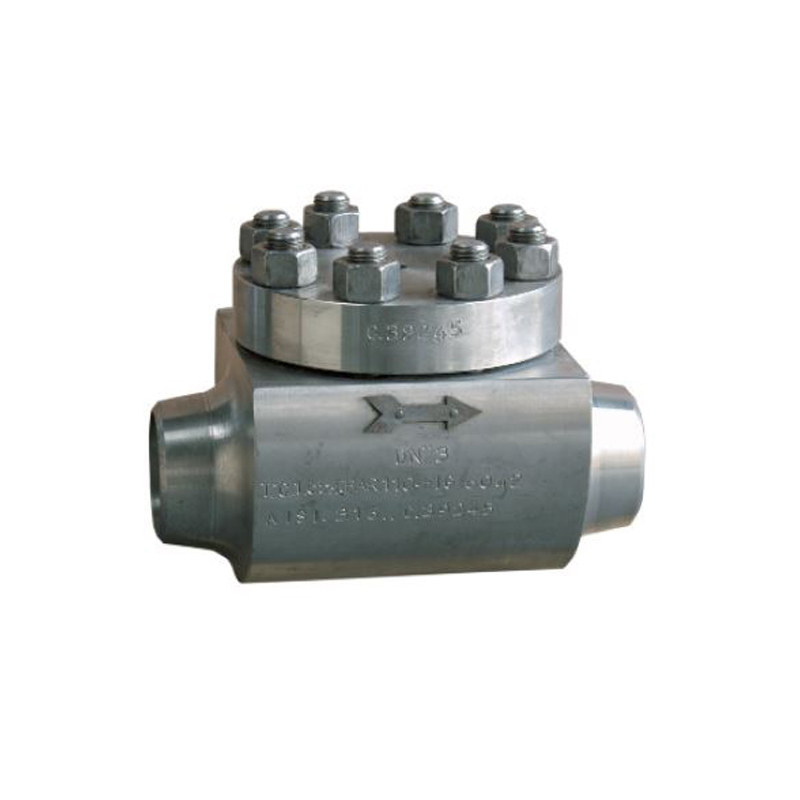
Daume Valves offers a large range of high-quality check valves. Check valves are self-automated one-way valves, designed to allow the flow of gases and liquids in only one direction, automatically preventing any reverse or backflow.
A check valve comes in many different forms and offers various solutions for multiple applications. As a check valve is so versatile, it can be found in almost every industry that uses pumps. The collection of check valves we supply include:
Angle control valves
Swing check valves
Piston check valves
Micro control valves
Cryogenic service valves
An array of control valve variations, such as single, double, multi-stage, cage-type, and more.
As each of the check valves in our diverse range is of the highest quality, with leak-free sealing and long-standing durability, all are guaranteed to help keep your equipment running smoothly.
Check Valves:Purpose and Functionality
Check valves are self-automated valves that allow the flow of gases and liquids to move one way, preventing any reverse or backward flow of material inside a pipeline. Its versatile nature allows them to be installed vertically or horizontally, without human interaction, and reliant on the flow to open and close. The internal disc inside the check valve allows the flow to pass forward, which opens the valve. Then, dependent on its design, the disc starts to close the valve as the forwarding flow decreases or reverses.
Check Valves: Features and benefits
Available in a wide range of sizes
Reliable
Prevents backflow
Lower maintenance costs
Increase energy savings
Cost-effective
Maintains pressure
Serves as a backup system
Can be used horizontally and vertically
Flexible when dealing with a variable flow
Reduce the chance of sudden valve failure, as they eliminate chatter vibration
Check Valves application
Check valves are primarily used for one of four reasons in a wide variety of applications:
To prevent siphoning
To keep a valve sealed
To prevent reverse flow causing contamination
To prevent reverse flow causing equipment damage
The nature of their functionality proves useful in household appliances such as dishwashers, wastewater lines, and washing machines, including more industrial purposes like boilers, pumping applications, gas systems, furnaces, and CO2 lines in aquariums. However, they are most commonly used in water and air applications.
Pneumatic Check Valve
Check Valves for Water
TYPES OF CHECK VALVES
A check valve is the most straightforward directional control valve used in hydraulic systems. There are numerous check valves, all with defining characteristics that work more effectively with different applications.
Ball Check Valves
Usually compact and cost-effective, ball check valves have a spherical moving part to block flow within a pipeline. It’s sometimes spring-loaded to help keep it shut, or otherwise, the reverse flow is required to move the ball toward the seat and create a seal.
Swing Check Valves
Mounted with a disc that swings on a hinge or shaft, the disc swings off the seat to allow forward flow; when the flow stops, the disc swings back to the seat to block flow moving in reverse. Swing check valves need to be cleaned, so they aren't entirely maintenance-free -, so it's crucial to install them in a convenient place to be inspected.
Piston/Lift Check Valves
A disc features inside a piston/lift check valve that lifts up off its seat by higher pressure of the upstream fluid to flow to the outlet or downstream side. When the pressure drops, gravity or higher downstream pressure causes the disc to lower onto its seat, shutting the valve to stop reverse flow.
Stop Check Valves
Stop-check valves are used as a check valve or isolation valve. They can responsively stop flow irrespective of the flow direction or pressure in the pipeline, including being shot by an external component.
Dual Plate Check Valves
A dual plate check valve is known by many names, such as a butterfly check valve, folding disc check valves, or double-disc. It features two halves of the disk move towards the center of the pipeline with the forward flow, and it closes with the reverse flow by two halves open and resting on the seat to close the flow. Lightweight and compact in its construction, it’s a low-cost installation and maintenance choice.
Tilting Disk Check Valves
The tilting design feature allows the valve to open fully and remain steady at lower flow rates, ensuring it can close quickly when the forwarding flow stops. The disc has a bevelled seat on the body and the disc edge, allowing tight shut-off at any pressure.
Wafer Check Valves
Wafer check valves are a compact and low-cost solution and are the preferred type of check valve for most applications. The valve opens and closes at extremely low-pressure moments over the valve disc.
Angle Control Valves
Angle control valves are often used in piping systems where space is required, such as drain services, boiler feedwater, and other piping services. The valve's body features a right angle, which prompts the directional change of the flow.
Micro Control Valves
A micro control valve is a microscale valve, often less than 10mm, which features two ports to regulate flow. They are usually found in fluidics and microfluidics to control fluids or gases, and the valve is electrically controlled. Micro control valves are often used in the inlets and outlets of micropumps, where the liquid or gas is needed to flow in one direction.
Cryogenic Service Valves
Cryogenic service valves are suitable for use in very cold applications, ranging from -40 C to -196 C, and feature a long neck bonnet. They can help store and transport tons of cryogenic gasses such as Compressed Natural Gas or Liquefied Natural Gas; when heated, these gases can expand hundreds of times, becoming flammable and explosive.
Control Valves
A control valve is used to control the flow rate of fluids or gases using a controller. Allowing direct control of flow, pressure, liquid level, and temperature within the passage.
PRODUCT
Contact Us
Contact: Dandy
Email: australiadaume@outlook.com
Add: 54 Orchard St, Glen Waverley VIC 3150
